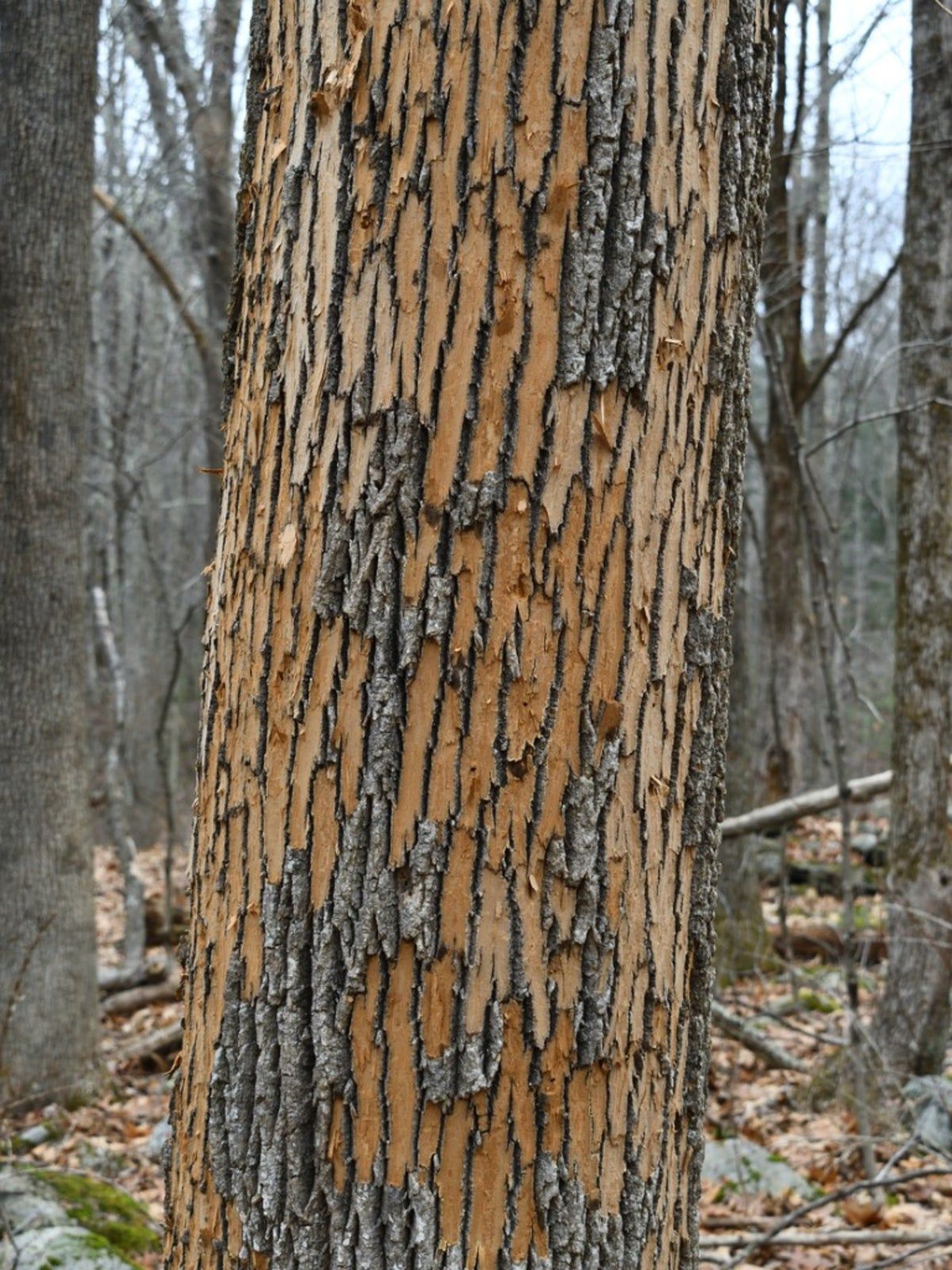Afternoon All
I am trying to get a better handle on my property and part of that is finding trees that are ready for the firewood pile.
I have White Ash trees, some of which are losing their bark. No inspect sign. According to the state of Maine there is no emerald ash borer in my area.
What do you all think? Is this tree as good as dead? It did have leaves on it this past summer.
![[Hearth.com] White Ash evaulation [Hearth.com] White Ash evaulation](https://www.hearth.com/talk/data/attachments/293/293225-846cf6074061e18804a59e19d1b68592.jpg?hash=sYvu_6rQHU)
![[Hearth.com] White Ash evaulation [Hearth.com] White Ash evaulation](https://www.hearth.com/talk/data/attachments/293/293226-4bd5a149c3e6f0407bccc753d666d844.jpg?hash=LdWG59A2k6)
I am trying to get a better handle on my property and part of that is finding trees that are ready for the firewood pile.
I have White Ash trees, some of which are losing their bark. No inspect sign. According to the state of Maine there is no emerald ash borer in my area.
What do you all think? Is this tree as good as dead? It did have leaves on it this past summer.
![[Hearth.com] White Ash evaulation [Hearth.com] White Ash evaulation](https://www.hearth.com/talk/data/attachments/293/293225-846cf6074061e18804a59e19d1b68592.jpg?hash=sYvu_6rQHU)
![[Hearth.com] White Ash evaulation [Hearth.com] White Ash evaulation](https://www.hearth.com/talk/data/attachments/293/293226-4bd5a149c3e6f0407bccc753d666d844.jpg?hash=LdWG59A2k6)


![[Hearth.com] White Ash evaulation [Hearth.com] White Ash evaulation](https://www.hearth.com/talk/data/attachments/293/293247-f40c8f2099f970d841b0ab5c12e63fbb.jpg?hash=S6h4oumRBw)
